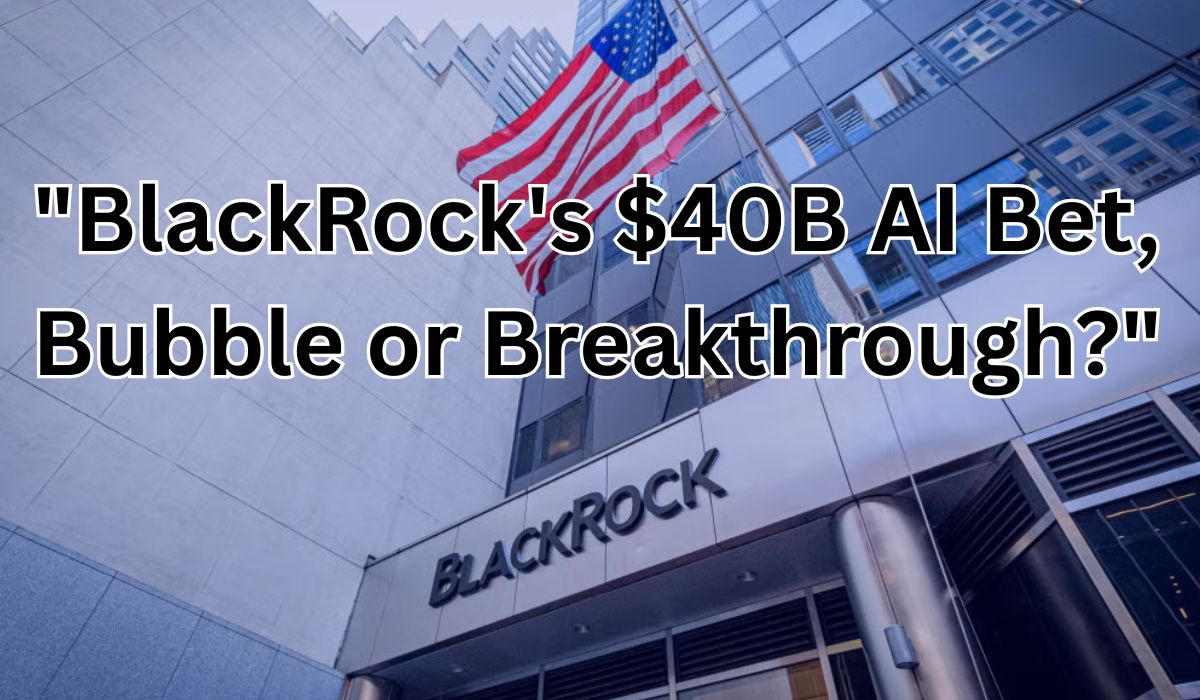BlackRock‘s Global Infrastructure Partners (GIP) just closed a massive $40 billion acquisition of Aligned Data Centers, marking one of the largest infrastructure plays in the AI datacenter boom. What makes this particularly noteworthy is the heavyweight consortium backing the deal—and the circular investment patterns that are starting to make some market watchers nervous.
The Mega-Deal Behind the Headlines
The transaction brings together BlackRock, MGX (the sovereign wealth fund-backed investment company focused on AI), Microsoft, and Nvidia into what amounts to a $100 billion pool of capital targeting datacenter infrastructure. The $40 billion commitment secures Aligned Data Centers, a Texas-based operation previously owned by Australian infrastructure giant Macquarie.
The scale here is substantial. Aligned operates 50 campuses and 78 data centers across the US and South America. This isn’t a speculative bet on future demand—this is established infrastructure being revalued dramatically higher as AI compute requirements explode.
Why Everyone Wants In
The driving force is simple: seemingly insatiable demand for compute power, sending datacenter valuations skyrocketing. When you’ve got the world’s largest asset manager (BlackRock), leading sovereign wealth capital, the dominant cloud provider (Microsoft), and the AI chip kingmaker (Nvidia) all pooling resources for one asset class, it signals where institutional money believes the next decade of growth lives.
What’s particularly interesting from an investment structure perspective is how these deals are increasingly interconnected. The market has seen a surge in circular deals over the past two weeks, where major players are investing in each other’s companies, with dollar amounts reaching unprecedented levels.
The Frothiness Question
Here’s where the analysis gets more complex. Market observers are increasingly using the word “bubble” when discussing AI infrastructure. That’s not coming from skeptics on the sidelines—it’s coming from institutional voices.
Citigroup‘s CFO publicly expressed anxiety about potential frothiness in the AI market. Bank of America‘s Global Fund Managers survey showed the highest percentage ever recorded of respondents believing these AI players are overvalued.
Yet despite these concerns, HSBC just raised its price target on Nvidia, projecting the company could reach an $8 trillion valuation within 12 months. That’s not a typo—$8 trillion would make Nvidia worth more than the entire GDP of Germany.
The Circular Funding Reality
The circular investment patterns deserve closer examination. OpenAI recently received $100 billion in equity investment, essentially enabling the company to purchase more of its own GPUs. Similar dynamics are playing out across the ecosystem.
Consider the xAI situation in Europe. xAI, currently in private fundraising for AI datacenter buildout, has never built a single AI datacenter—they were previously a crypto miner that pivoted. Yet they’ve committed to four datacenter projects with Microsoft.
The deal got Nvidia CEO Jensen Huang‘s backing during a London visit, with xAI committing to deploy 2,000 Nvidia GPUs across those four Microsoft projects. So Nvidia is investing equity in a company that will purchase thousands of Nvidia’s own GPUs.
Build It and They Will Come
The prevailing mentality is “build it and they will come”—the infrastructure must exist before productivity gains can be realized. From a capital allocation perspective, this makes sense if you believe AI represents a fundamental shift in computing architecture. The risk is if demand doesn’t materialize at the pace infrastructure is being built.
The ASML Wildcard
There’s an interesting subplot developing in the semiconductor equipment space that affects this entire ecosystem. ASML, the Dutch semiconductor equipment maker, had warned just months ago that trade wars and tariffs on China would hurt its business. Now the company has reversed course, indicating strong demand and potential growth in 2026.
The shift reflects changing expectations. Quarter-over-quarter, ASML’s sales and bookings fell, largely because China represents an oversized portion of their revenue stream, and China purchases are expected to dial back in 2026 due to geopolitical tensions and US pressure on allies to restrict semiconductor equipment exports.
The House China Committee recently reiterated concerns about ASML and other US semiconductor equipment players like KLA. Despite these headwinds, ASML is managing to calm market anxiety by demonstrating growth from other geographic markets.
Here’s why ASML matters to the datacenter story: They manufacture extreme ultraviolet lithography (EUV) equipment—the only technology capable of producing the leading-edge chips powering AI consumption. They’re the sole supplier of this critical equipment.
With China having to dial back as a customer, the market needed confirmation that other buyers would step in to absorb capacity. Early indications suggest that’s happening—likely driven by exactly the kind of massive infrastructure buildouts BlackRock and its partners are financing.
What This Means for Investors
The BlackRock-Aligned deal represents institutional capital making a long-term bet on AI infrastructure as a foundational asset class, similar to how toll roads or power grids are viewed. The $40 billion price tag for existing, cash-flowing datacenter assets suggests the market is pricing in sustained exponential growth in compute demand.
The valuation surge and circular funding patterns warrant attention. When Citi’s CFO and Bank of America surveys are flagging frothiness, it’s worth monitoring positioning carefully. That doesn’t mean the AI infrastructure thesis is wrong—but it may mean we’re in the enthusiastic early phase where capital is flowing faster than utilization can be tracked.
The key question going forward: Can actual AI application revenue and productivity gains justify the infrastructure spending binge, or are we building ahead of demand in ways that will require a painful recalibration? The answer will determine whether BlackRock’s $40 billion bet looks prescient or premature when we look back in 36 months.
